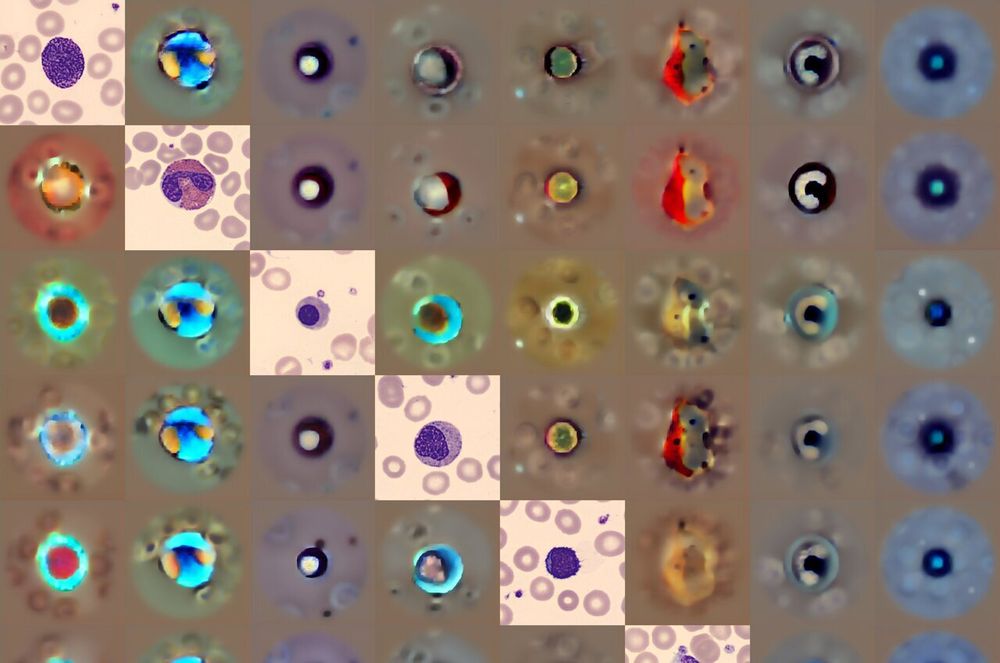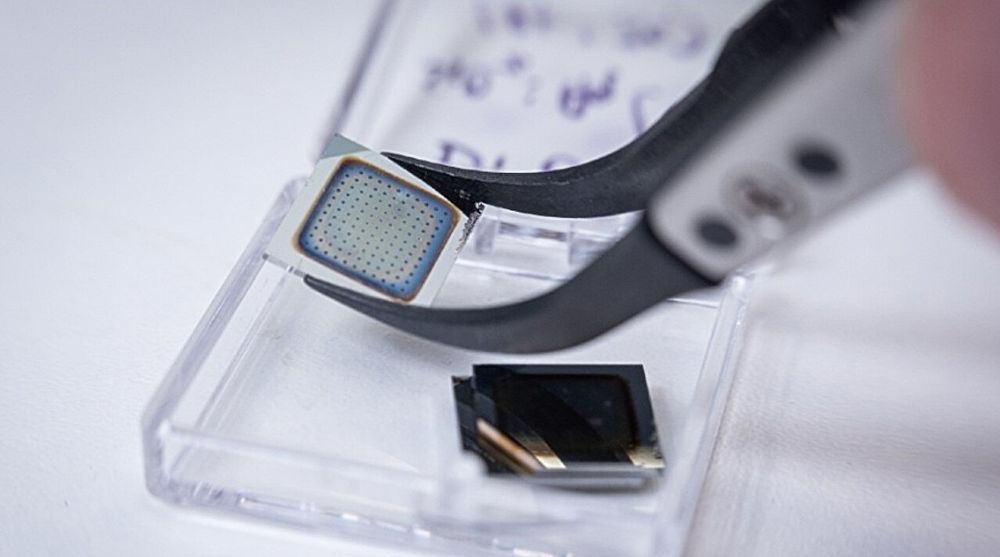
www.statnews.com/2025/11/19/d...

www.statnews.com/2025/11/19/d...

go.nature.com/3LOE7nV

go.nature.com/3LOE7nV
cen.acs.org/biological-c...

cen.acs.org/biological-c...




Main Link | Techmeme Permalink
Main Link | Techmeme Permalink

This approach could make drug development faster, safer, and more predictive of human outcomes. Read more: https://bit.ly/4oSbJ2q

This approach could make drug development faster, safer, and more predictive of human outcomes. Read more: https://bit.ly/4oSbJ2q



go.nature.com/4r947us

go.nature.com/4r947us


Source: https://phys.org/news/2025-11-theory-faster-accurate-chemical-reaction.html

Source: https://phys.org/news/2025-11-theory-faster-accurate-chemical-reaction.html


Main Link | Techmeme Permalink
Main Link | Techmeme Permalink




